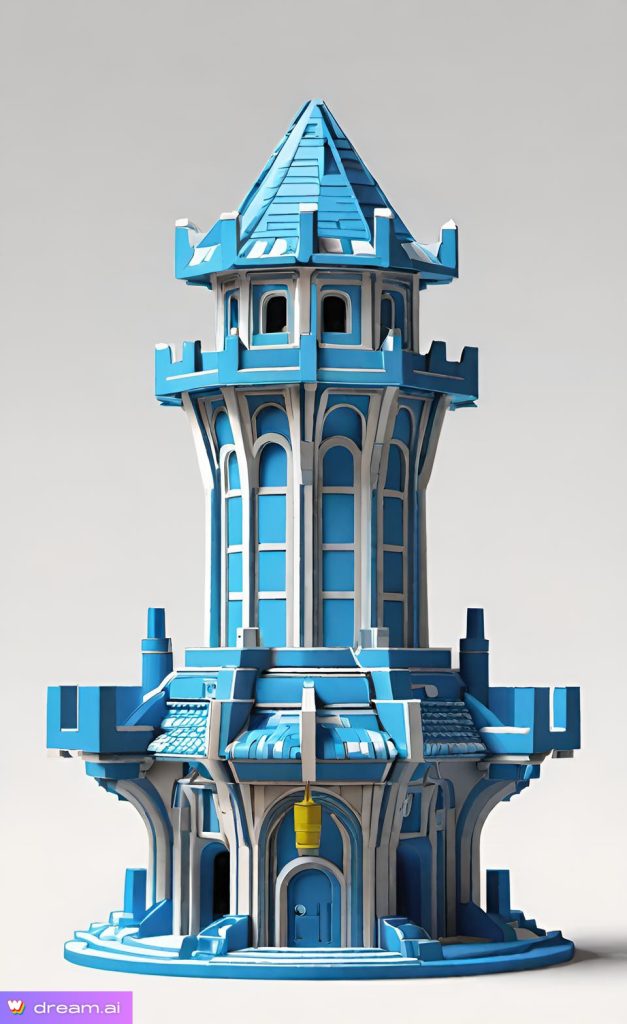Introduction
TinkerCAD is an easy-to-use online platform for 3D design, electronics simulation, and coding. It is widely used by students, educators, and hobbyists for learning and prototyping electronic circuits and 3D models. However, many students struggle with mastering its features, leading them to seek TinkerCAD Homework Help to complete assignments and projects efficiently.
In this guide, we’ll cover the basics of TinkerCAD, common challenges, expert tips, project ideas, debugging strategies, and external resources to help students excel in their coursework.

What is TinkerCAD?
TinkerCAD is a free web-based application developed by Autodesk that offers tools for:
- 3D Design and Modeling
- Electronics Simulation and Circuit Design
- Block-Based and Text-Based Coding
- STEM Education and Prototyping
Why is TinkerCAD Important for Students?
TinkerCAD is an essential tool for students because:
- It provides an intuitive drag-and-drop interface.
- It helps in understanding circuit design without physical components.
- It enables 3D modeling for prototyping and 3D printing.
- It is widely used in STEM education and engineering courses.
Common Challenges in TinkerCAD Homework
Many students require TinkerCAD Homework Help due to difficulties with:
- Designing and Simulating Electronic Circuits
- Understanding Breadboard and Component Connections
- Debugging Errors in Circuit Simulations
- Creating 3D Models with Precision
- Using TinkerCAD Code Blocks and JavaScript Coding
Essential Topics in TinkerCAD for Homework Assignments
1. Introduction to TinkerCAD
- Overview of the TinkerCAD Interface
- Creating and Managing Projects
- Navigating the 3D Workspace and Electronics Editor
2. Electronics Circuit Design and Simulation
- Using Resistors, LEDs, Sensors, and Microcontrollers
- Designing Circuits with Arduino in TinkerCAD
- Simulating Voltage, Current, and Power Consumption
3. 3D Modeling and Design
- Basics of 3D Shape Manipulation
- Aligning and Grouping Objects
- Exporting Models for 3D Printing
4. Coding in TinkerCAD
- Introduction to Block-Based Programming
- Writing Code for Arduino Simulation
- Debugging and Running Simulated Code
5. Advanced Circuit Design and Prototyping
- Using External Modules (LCD, Servo Motors, Sensors)
- Implementing Logic Gates and Digital Circuits
- Connecting Multiple Components for Complex Circuits
Tips for Excelling in TinkerCAD Homework
1. Master the Basics of Electronics and 3D Modeling
Before using TinkerCAD, ensure you understand:
- Basic Electronic Components and Their Functions
- Circuit Connections and Breadboard Usage
- 3D Geometry and Object Manipulation
2. Use Online Learning Resources
Explore high-quality tutorials and documentation:
3. Debugging Techniques for TinkerCAD Projects
- Use Simulation to Identify Errors
- Check Circuit Connections Carefully
- Experiment with Component Values and Configurations
4. Join Online TinkerCAD Communities
Engaging with experts and peers can help you get TinkerCAD Homework Help:
5. Get Professional TinkerCAD Homework Help
If you’re struggling with assignments, consider professional tutoring services such as:
- Chegg
- Tutor.com
- Udemy TinkerCAD Courses
External Resources for TinkerCAD Homework Help
- YouTube Tutorials on TinkerCAD – Step-by-step video guides.
- GitHub TinkerCAD Projects – Open-source projects for inspiration.
- Instructables TinkerCAD Projects – DIY electronics and 3D design projects.
Conclusion
Mastering TinkerCAD requires practice and an understanding of both electronics and 3D design. By utilizing online resources, debugging effectively, and engaging in communities, students can enhance their skills. If you need additional TinkerCAD Homework Help, explore tutorials, discussion forums, and professional services to improve your learning experience.


